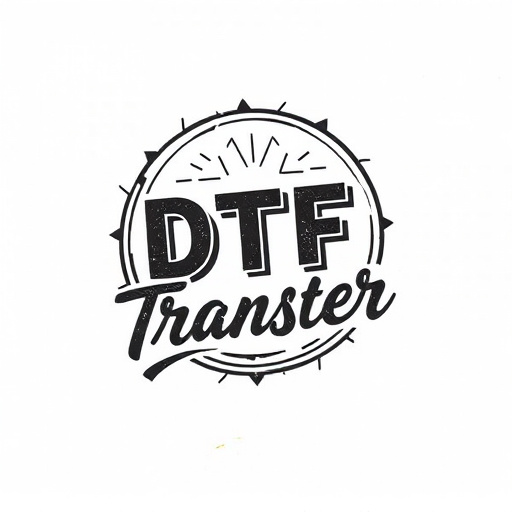Understanding federal injury laws is crucial for seeking compensation on federal property due to negligence or unsafe conditions. Claims cover various incidents with eligibility determined by nature, location, and evidence of government liability, usually within 1-3 years. Effective documentation, including medical records and accident evidence, is vital. Gathering evidence and filing a well-prepared claim with comprehensive descriptions and attached documentation is essential for success. Engaging specialized legal counsel for guidance and negotiating injuries, treatments, and quality of life impact leads to successful resolution.
“Unsure where to begin with your federal injury claim? This comprehensive guide is designed to help you navigate the process successfully. From comprehending the intricacies of federal injury laws and establishing your eligibility, to gathering essential evidence and masterfully negotiating, each step is detailed for clarity. By following these strategic directions, you’ll increase your chances of a favorable outcome in your federal injury claims.”
- Understanding Federal Injury Laws and Eligibility
- Gathering Evidence and Filing Your Claim
- Navigating the Claims Process and Negotiation Strategies
Understanding Federal Injury Laws and Eligibility

Understanding Federal Injury Laws and Eligibility is a crucial first step in navigating federal injury claims. The U.S. government has established legal frameworks to provide compensation for individuals who have suffered injuries due to government negligence or unsafe conditions on federal property. Key to this process is understanding your rights under these laws, which can be complex and vary from state to state. Federal injury claims cover a wide range of incidents, including slip and falls, auto accidents, and medical malpractice involving federal healthcare facilities.
Eligibility for federal injury claims is determined by several factors, including the nature of the incident, its location, and whether it was caused by government negligence or a defective federal property condition. Individuals experiencing back pain relief or joint pain relief following an accident on federal land may be eligible to file a claim. It’s important to act promptly, as there are often time limits for filing such claims, typically ranging from 1 year to 3 years from the date of the incident. Gathering comprehensive documentation, including medical records and evidence of the accident, is essential to support your federal injury claim.
Gathering Evidence and Filing Your Claim

After sustaining a federal injury, gathering evidence and filing your claim are crucial steps to ensuring a successful outcome. The first step is to collect all relevant documentation related to your injury, including medical records, witness statements, and photographs of the incident site or injured area. It’s essential to maintain detailed records of your treatments, especially if you’re seeking compensation for ongoing medical expenses, such as those associated with muscle recovery or personalized treatment plans for joint pain relief.
Once you have your evidence ready, file your claim with the appropriate federal agency within the prescribed timeframe. This process involves completing and submitting specific forms, providing detailed descriptions of your injuries and their impact on your daily life, and attaching all necessary documentation. A well-prepared claim significantly increases your chances of receiving the compensation you deserve for your federal injury claims.
Navigating the Claims Process and Negotiation Strategies

Navigating the federal injury claims process requires a strategic approach to ensure the best possible outcome. The first step is understanding your rights and the procedures involved. This includes gathering all necessary medical documentation, evidence, and witnessing statements as early as possible. Engaging with experienced legal counsel specialized in federal injury claims is crucial; they can guide you through each phase, from filing initial documents to negotiating with insurance companies.
Effective negotiation strategies are essential for securing fair compensation. Presenting a compelling case that outlines the extent of your injuries, such as musculoskeletal injuries, and detailing the medical treatments received, like shockwave therapy or rehab services, can strengthen your claim. Being prepared to discuss the impact these injuries have had on your quality of life is vital. A clear understanding of your entitlements and the ability to articulate them confidently will contribute to a successful outcome in resolving your federal injury claims.
Federal injury claims can be complex, but with a thorough understanding of the process and robust evidence collection, individuals can navigate this system successfully. By following these steps, from comprehending eligibility criteria to employing effective negotiation strategies, you’ll enhance your chances of securing fair compensation for your federal injury claim. Remember, each step in the claims process is crucial, ensuring you present a strong case that highlights the impact of the injury and justifies your pursuit of justice.














